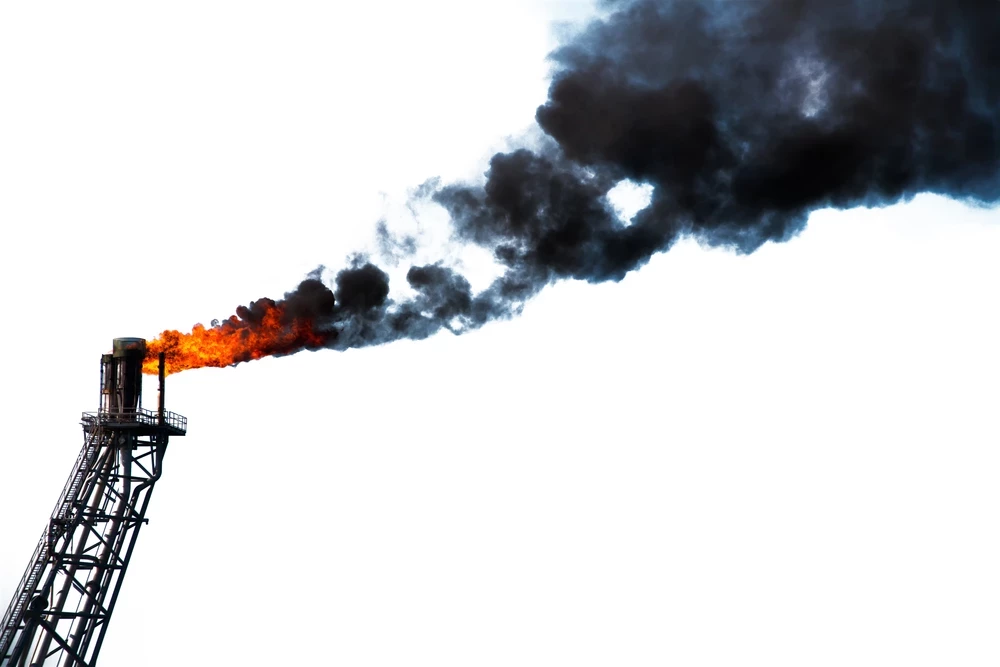The MENA Region's 5 Most Important LNG Projects
Add bookmarkLebanon LNG terminal
Project commencement: 2013
Commission date: 2015
Location: Baddawi, Northern Lebanon
Ownership: Tendering now
Capacity: 3.5 million tonnes per annum (mtpa)
With constant blackouts and power cuts affecting the tiny Levantine nation since the end of its civil war, Lebanon has dedicated its energy future to LNG with the Ministry of Energy claiming that Lebanon "would save more than $1 billion in spending on its energy bill, with a $2 billion impact on the economy as a whole."
The project will include a floating plant for LNG regasification and an offshore floating terminal for receiving LNG shipments.
Fujairah LNG Terminal
Project commencement: 2012
Commission date: 2014
Location: Fujairah, United Arab Emirates
Ownership: Mubadala Development Co. and International Petroleum Investment Co
Capacity: 3.5 million tonnes per annum (mtpa)
Fujairah is the only one of the seven federated constituents of the UAE to be located on the Gulf of Oman as opposed to the Persian Gulf, and is therefore a perfect location to bypass the geopolitically chokepoint the Straits of Hormuz.
Through the Fujairah terminal, the UAE will be able to secure the supply of Qatari LNG should there be an escalation of Iran’s worsening diplomatic situation.
Arzew LNG Terminal Expansion (GL3Z)
Project commencement: 2008
Commission date: 2013
Location: Arzew, Algeria
Ownership: Sonatrach
Capacity: 4.7 million tonnes per annum (mtpa)
Algeria’s state-owned hydrocarbon company, Sonatrach, is adding a third train (GL3Z) to its facility in the north-western port town of Arzew.
Feedstock for the new train will be supplied from the Gassi Touil and Rhourde Enouss gas fields in the interior of the country for exports to the European market.
Bahrain LNG Import Terminal
Project commencement: Tendering now, aiming for 2012
Commission date: Q4 2014/Q1 2015
Location: Khalifa bin Salman Port, Hidd, Bahrain
Ownership: NOGA
Capacity: 3.0 million tons/annum
Like many of the Middle East’s developing nations, the island kingdom’s burgeoning population and concomitant energy needs is turning the island kingdom into an energy-hungry hotspot.
Bahrain’s first LNG terminal will aim to import 400 million cubic feet of natural gas per year for the domestic market and further export use, with Russian firm Gazprom mooted to be negotiating a 3 million tons/annum import deal.
Jordan LNG Import Terminal
Project commencement: Tendering now
Commission date: 2014
Location: Aqaba, Jordan
Ownership:
Capacity: 3.0 million tons/annum
Jordan’s population has doubled in the last 20 years, and with scant native energy reserves, the Hashemite Kingdom is currently spending around a quarter of its annual GDP on energy imports.
Since the "Arab Spring" and disruption of Egyptian gas exports, applying enhanced oil recovery techniques to the mature Risheh natural gas fields in the northwest of the country was seen as the preferred solution to try bridge the growing energy gap. The initiative has since been put on the backburner due to cost, with long-term LNG importation seen as a lesser expenditure, and Qatar the likely import partner.
[eventpdf]






















